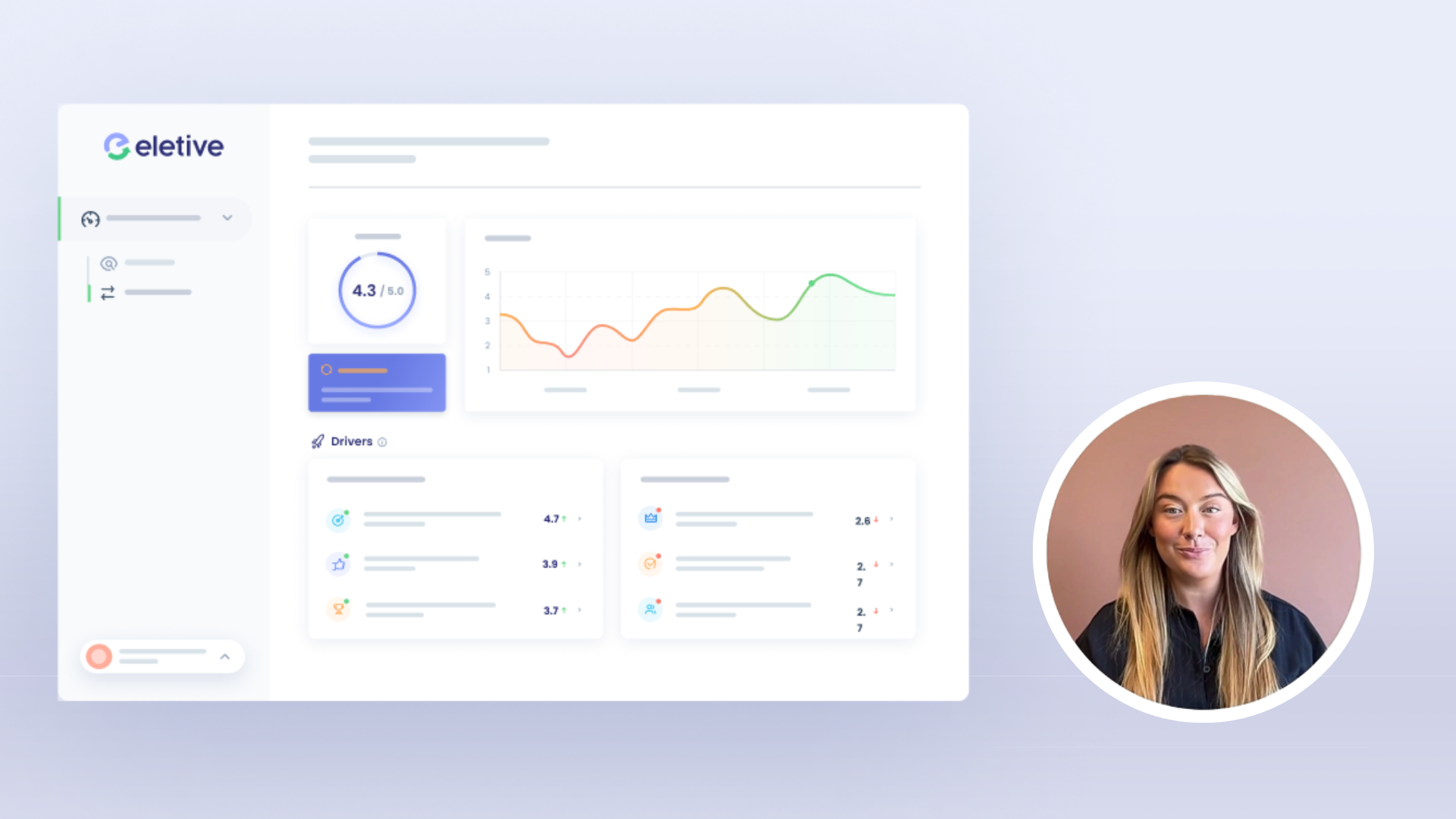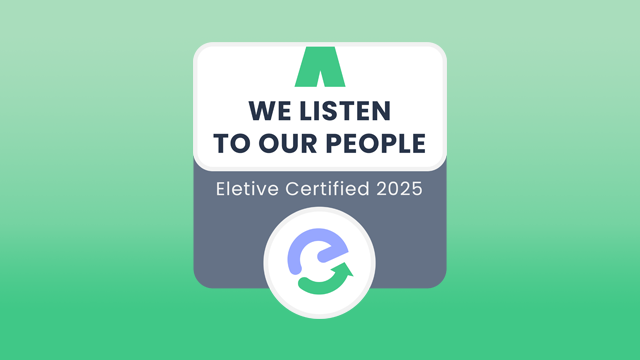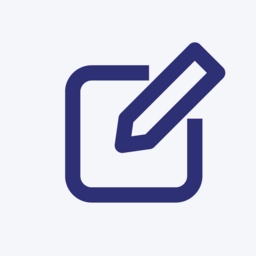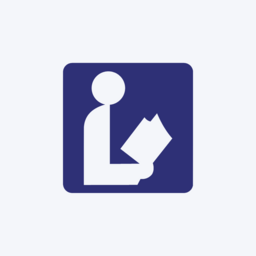In today’s rapidly evolving work environment, retaining top talent is crucial to maintaining a competitive edge. The loss of skilled workers disrupts operations. It also causes high costs for recruiting, onboarding, and training new employees. Fortunately, artificial intelligence (AI) is transforming how companies manage this risk.
Predictive AI looks at real-time and past data. It helps find warning signs that show when employees might leave.
This article looks at how predictive AI can help reduce employee turnover. It focuses on tools like Eletive’s Attrition Risk feature. These tools can also promote long-term engagement among employees.
Understanding Predictive AI
Predictive AI is a branch of artificial intelligence that uses machine learning algorithms and data modeling to forecast future events. In the context of employee retention, it involves analyzing a blend of historical data and real-time signals to identify patterns linked to human behavior. These patterns may reveal which employees are at a higher risk of leaving, giving HR teams time to act.
The strength of predictive AI lies in its ability to process complex data sets from various sources, including performance reviews, engagement surveys, absentee records, internal communication patterns, and more. Rather than relying on gut feeling or outdated metrics, companies can use AI-driven insights to make informed decisions and design better people strategies.
Key indicators of employee attrition
To leverage predictive AI effectively, it’s essential to recognize the warning signs that often precede employee turnover. Some of the most common indicators include:
Declining PerformanceA sudden or consistent drop in output or quality of work can be an early signal of disengagement.
Increased AbsenteeismFrequent absences, late arrivals, or extended breaks might suggest a lack of motivation.
Reduced ParticipationEmployees who withdraw from meetings, skip collaborative tasks, or reduce their visibility in team activities could be emotionally checking out.
Behavioral ChangesNoticeable shifts in mood, communication tone, or attitude toward colleagues and managers often serve as red flags.
Lack of Career ProgressionEmployees who feel stuck or see no growth opportunities may begin exploring other options.
These indicators, when combined and analyzed through AI models, can reveal nuanced patterns that might otherwise be overlooked by human observers.
Implementing Predictive AI in your organization
Step 1: Collect comprehensive data
Begin by gathering data across various touchpoints - engagement surveys, HRIS platforms, performance management systems, and pulse feedback tools. The richer and more diverse the data, the more accurate the predictions will be. Both real-time feedback and historical data are essential in building a clear picture of employee trends.
Step 2: Select the right AI tool
Choose a solution tailored to your organization’s size and needs. Eletive, for example, offers the Attrition Risk feature, which uses AI to monitor engagement drivers and anticipate turnover risks. It integrates easily with existing HR systems and offers actionable insights based on real employee behavior.
Step 3: Analyze and identify red flags
Use the AI tool to process the collected data. Eletive’s Attrition Risk engine highlights engagement dips, identifies high-risk individuals, and maps these insights against known drivers of satisfaction and dissatisfaction. The platform allows managers and HR professionals to track how specific initiatives impact retention and behavior trends over time.
Step 4: Take preventive action
Once high-risk employees are identified, timely intervention is key. Strategies include:
Stay interviewsConduct one-on-one discussions to understand employee concerns and career aspirations.
Personalized development plansOffer training, upskilling, or mentorship programs tailored to individual goals.
Manager coachingEquip team leaders with data-driven insights to manage at-risk employees with empathy and clarity.
Workplace improvementsUse feedback to address toxic behaviors, strengthen team dynamics, and improve internal communication.
With Eletive’s Attrition Risk dashboards, organizations can create targeted action plans and monitor their impact over time, ensuring alignment with engagement goals.
:format(jpeg)/f/288714721386412/412fe2b7f4/1.jpg)
AI for HR teams
Real-life success story
Consider the case of a mid-sized European tech firm that integrated predictive AI via Eletive to combat its 22% annual attrition rate. By correlating survey sentiment with HR records, the firm discovered that engineers in one region were disproportionately affected by limited growth opportunities. After deploying targeted development programs and introducing bi-weekly feedback loops, attrition in the affected group fell by over 40% within six months. This success reinforced the importance of real-time insight into employee needs.
Advantages of Predictive AI in employee retention
Adopting predictive AI tools like Eletive provides a range of measurable benefits:
Cost savingsProactive retention efforts reduce recruitment expenses and onboarding delays.
Increased productivityRetained employees tend to be more familiar with systems and processes, boosting efficiency.
Improved engagementEmployees feel valued when concerns are addressed before they escalate.
Data-driven cultureDecision-making grounded in real-time analytics fosters a culture of continuous improvement.
Scalable insightsAs your company grows, predictive models adapt, offering consistent value regardless of team size or structure.
Read more: What is regretted attrition - and how can HR reduce it?
The human side of AI
While AI excels at identifying risks and patterns, the human element remains irreplaceable. Managers must use AI insights as conversation starters - not conclusions. Engagement is about listening, showing empathy, and taking personalized action. Predictive AI supports this process by helping teams ask the right questions at the right time.
AI also helps debunk assumptions. For example, a long-tenured employee may appear loyal on paper, but their feedback might reveal unmet expectations. By surfacing such mismatches, AI empowers organizations to respond to human behavior more accurately and compassionately.
Conclusion
Employee attrition is one of the most significant threats to long-term organizational success. Predictive AI offers a powerful way to understand, anticipate, and mitigate this risk. By leveraging tools like Eletive’s Attrition Risk, companies gain visibility into potential red flags and create timely interventions rooted in data and empathy.
Combining real-time feedback with historical data allows HR teams to shift from reactive to proactive strategies, building a resilient workforce ready to grow and evolve. Don’t wait until your top performers walk out the door—act now with predictive AI and keep your people engaged, satisfied, and motivated.
:format(png)/f/288714721386412/8bc74e1c86/ewebinar__1_.png)
Increase engagement with Eletive

As Team Manager, Customer Success at Eletive Emelie is helping organisations build workplaces where people thrive. In her role, she enables delight among our customers and leads the Customer Success team to excellence.

























:format(jpeg)/f/288714721386412/81ae39e8f9/blog-using-predictive-ai-to-spot-turnover-risks-hero_media.jpg)
:format(png)/f/288714721386412/70a5012076/blog-eletive-secures-growth-investment-from-accel-kkr-hero_media.png)
:format(jpeg)/f/288714721386412/a906f14dff/blog-hr-trends-2026-ai-data-and-employee-experience-hero_media.jpg)
:format(png)/f/288714721386412/9f8e0a2347/blog-beyond-the-hype-the-new-rules-of-people-success-in-a-global-ai-powered-hero_media.png)